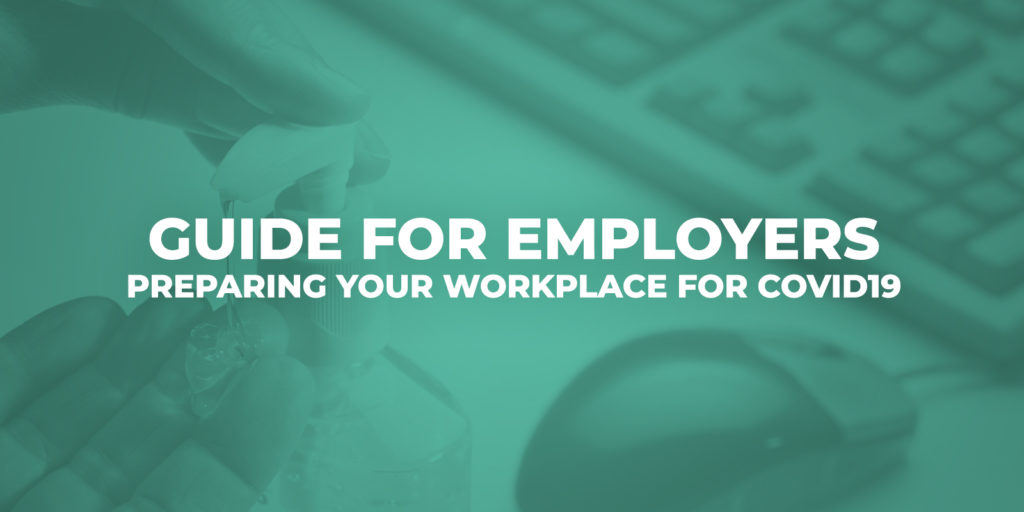Develop an Infectious Disease Preparedness and Response Plan
Developing an infectious disease preparedness and response plan can be a great resource in ensuring your workplace is assessed for exposure risk and the appropriate controls are put in place to help eliminate or control exposure risk to employees. Another important aspect to the IDPR Plan is to incorporate guidance from state or federal health agencies in your workplace-specific plans, as well. (i.e. CDC & W.H.O.)
Plans should address the level(s) of risk associated with work employees are performing as well as the location (environment) in which that work is being performed. Risk levels include: Very high/high risk (usually healthcare), medium risk (contact with the general public – grocery stores/pharmacies) and lower risk (minimal exposure to the public/other employees).
OSHA’s Guide to Preparing for COVID19 recommends considering the following:
■ Where, how, and to what sources of COVID19 might workers be exposed, including: { The general public, customers, and coworkers; and { Sick individuals or those at particularly high risk of infection (e.g., international travelers who have visited locations with widespread sustained (ongoing) COVID-19 transmission, healthcare workers who have had unprotected exposures to people known to have, or suspected of having, COVID-19).
■ Non-occupational risk factors at home and in community settings
■ Employees’ individual risk factors (e.g., older age; the presence of chronic medical conditions, including immunocompromising conditions; pregnancy).
■Controls necessary to address those risks. Follow federal and state and local recommendations regarding the development of contingency plans for situations that may arise as a result of outbreaks, such as:
- Increased rates of worker absenteeism.
- The need for social distancing, staggered work shifts, downsizing operations, delivering services remotely, and other exposure-reducing measures.
- Options for conducting essential operations with a reduced workforce, including cross-training workers across different jobs in order to continue operations or deliver surge services.
- Interrupted supply chains or delayed deliveries.
The full guide can be found here: https://www.osha.gov/Publications/OSHA3990.pdf
Plans should include any additional steps that employers can take to minimize or eliminate the risk of employee exposure to COVID19 in their workplace, such as the following:
- Implementing Basic Infection Prevention Measures (i.e. handwashing, staying home if sick, etc.)
- Developing Policies and Procedures for Prompt Identification and Isolation of Sick People
- Developing, Implementing, and Communicating about Workplace Flexibilities and Protections
- Implementing Workplace Controls – Consider the hierarchy of controls in assessing hazards
- Follow Existing Cal/OSHA Standards
- Classifying Employee Exposure to COVID19 (Very high, high, medium or low risk)
For More Information
- Occupational Safety and Health Administration website: www.osha.gov
- Cal/OSHA website: https://www.dir.ca.gov/dosh/
- Centers for Disease Control and Prevention website: www.cdc.gov
- World Health Organization website: https://www.who.int/



